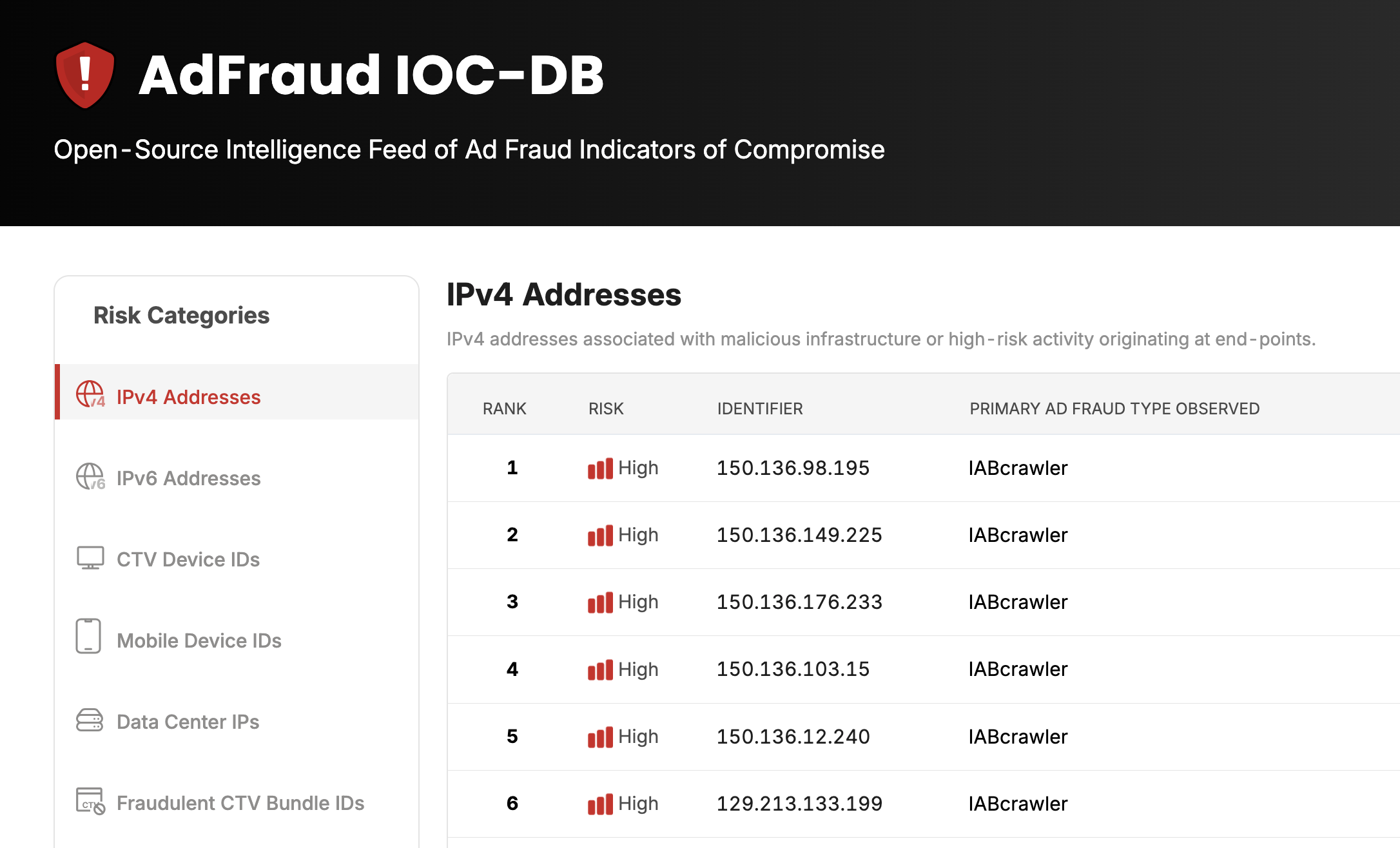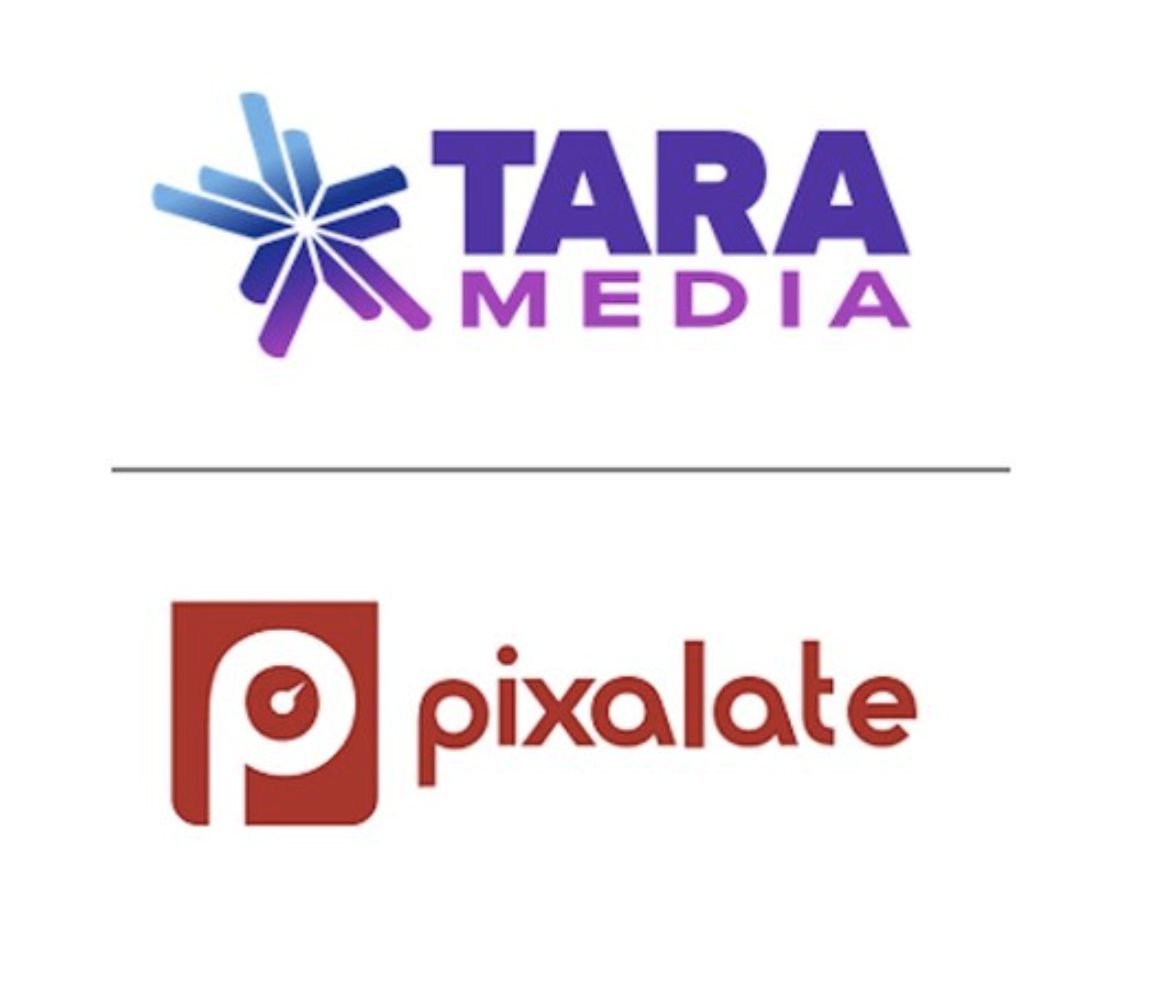Pixalate, together with Basis Technologies, recently hosted a webinar revealing insights into how to use programmatic Supply Path Optimization (SPO) to wrangle ad fraud in 2022.
Pixalate recently introduced the ad industry’s first ad fraud Supply Path Optimization (SPO) technology, enabling buyers and sellers to pick higher quality paths of delivering programmatic ads across CTV, mobile apps, and websites. Pixalate analysis reveals that overall IVT increases by 75% when going through 4 hops (compared to 1 or 2) and 71% through an incomplete path (a path in which every link in the chain does not use the SupplyChain Object).
Webinar speakers included:
- Amit Shetty, VP of Product - Ad Fraud Platform at Pixalate
- Ian Trider, VP of RTB Platform Operations at Basis Technologies
- Moderated by Calvin Scharffs, VP of Product Marketing at Pixalate
Entire Webinar: Fraud Finding - Programmatic Supply Path Optimization (SPO) Tips for 2022
How fraudsters enter the RTB ecosystem
Generally, the Real-Time Bidding system can be infiltrated by fraudsters in two ways:
“A publisher can initiate fraud so they can be sourcing bad traffic, or they can be hiding ad units or staging and some other sort of that activity. But fraud can also be introduced by intermediaries who are involved in the chain of custody,” claims Ian Trider.
It is crucial to fight ad fraud effectively to determine whether invalid traffic originates from the publisher or middle-men. The ultimate goal is to maximize the amount of ad spend on actual media and minimize fraud risk. To achieve this, bidding requests must be transparent, traceable, and accurate to give information about the publisher and how many entities are involved in the ad supply chain.
How to avoid fraudulent ad inventory
The complexity of the ad supply chain makes it difficult to protect advertising budgets and allocate them effectively. Spurious websites with artificial traffic could show potentially excellent results, but in reality, all conversions and engagement are fake.
Therefore, it is essential to recognize all chain parts as reliable and transparent. Amit Shetty pointed out industry standards, such as ads.txt and sellers.json, as a possible way to bring more transparency:
“The idea is that if an entity starts adding itself into the supply chain object and checks whether the previous entity has provided information, or around and then based on that, it’s going to set that flag before it passes along to the next,” explains Amit Shetty.
Viewability of apps
Viewability is an essential and sometimes underestimated metric distinguishing ad inventory. Even though nefarious reasons do not occasionally cause poor viewability, advertisers could lose money if they choose publishers whose inventory is not seeable by users.
“Some companies provide additional inventory opportunities for publishers, like comment sections or sidebar widgets or things like that. Some of these are perfectly fine. However, some have questionable properties for auto-refreshing ads indefinitely regardless of user activity, including if the browser tab is open in the background. And that results in inventory with nearly 0% viewability, which I would consider borderline fraud but inferior quality and not worth buying,” explains Ian Trider.
Avoiding Invalid Traffic in the ad supply chain
Detecting invalid traffic (IVT) and ad fraud is often complex at first sight. However, there are some basic steps to take helping to detect and eliminate IVT from your ad supply chain:
- Control the number of impressions - if it’s inflating unreasonably, it might be artificial.
- Look at all entities involved in the ad supply chain regardless of where they are in - any entity in the chain could be the source of IVT and ad fraud.
- Eliminate unnecessary intermediaries from the ad supply chain - it could minimize the chance of ad fraud and lower the cost of buying ads. However, more hops in the ad supply chain don’t necessarily mean more invalid traffic.
- Ensure all entities are validated and comply with industry standards - it might help you determine whether the entity is fraudulent and its inventory value.
- Use MRC-accredited third-party solutions specializing in detecting ad fraud across the entire ad supply chain - like the Pixalate Analytics platform with the Supply Path Optimization tool.
Watch our entire webinar to find more information about how publishers provide IVT and an in-depth guide to protecting your budget against ad fraud. Also, check our previous webinar to learn more about the CTV ad supply chain trends in 2022.








